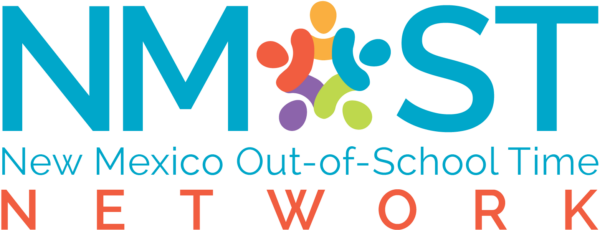Sustained school closures and the transition to the virtual school environment have had a dramatic effect on the education of students across America. The learning lost during the last year is one the most troubling effects of the COVID-19 crisis. A recent study by McKinsey & Company found that “students on average could lose 5 to 9 months of learning by the end of June 2021.” Even more troubling is the disproportionate effect on students of color who are estimated to lose 12 to 16 months of learning. These numbers are assuming the worst possible outcomes for students, but what the study makes clear is the need for students to be able to get back the lost time since the onset of COVID-19 in March 2020.
In order to address steep learning losses caused by the pandemic and transition to virtual learning, we need to expand out-of-school time programs so that the most vulnerable students in our country can receive the education they need to get back on track. The growing significance of the OST space in regaining the time lost in school must foreground the issue of accessibility as well. According to the New Mexico after 3pm 2020 Survey we know that for every child in an afterschool program in New Mexico, there are three other children waiting to get in. However, there is hope for the future. The passage of the CARES Act has opened up billions of dollars in potential funding to go towards afterschool programs. In order to allocate this money appropriately we must convince our lawmakers and local leaders of the growing importance that out-of-school time programming will have in the coming years.
A recent study by the National Academies of Science, Engineering, and Medicine looked at the way in which summertime experiences can be particularly impactful for children and youth. They found that summertime programming can be an important supplement to students’ academic learning, social and emotional development, physical and mental health, and safety. Out-of-school time programs operating in the summer face a tremendous opportunity to close the educational gaps created by the Coronavirus Pandemic and deepened by socioeconomic circumstances. According to the Summer Matters Campaign, an effective summer learning environment has the ability to broaden horizons, build essential skills, foster cooperative learning, and promote healthy habits. Ideally, a program would last for at least one month and include a wide range of activities.
A crisis on the scale of a global pandemic tends to dominate public thought, and it can be easy to forget or undervalue programs that are essential to the well being of children and families. Coming into 2021, after a year marked by lockdowns and budget cuts, it is more important now than ever before to invest in the kinds of afterschool opportunities that can restore learning loss and help close the widening gap in educational achievement. In doing so, we must adopt an equity-minded approach and ensure that these opportunities are widely accessible. In other words, out-of-school time programs need to become available to all students regardless of income or zip code and made more accessible despite issues with internet access and transportation. There are ways in which we can transform what has been a crisis of devastating consequence to students of color and low-income families into an opportunity to finally change the system and extend access to the populations that need it the most.
